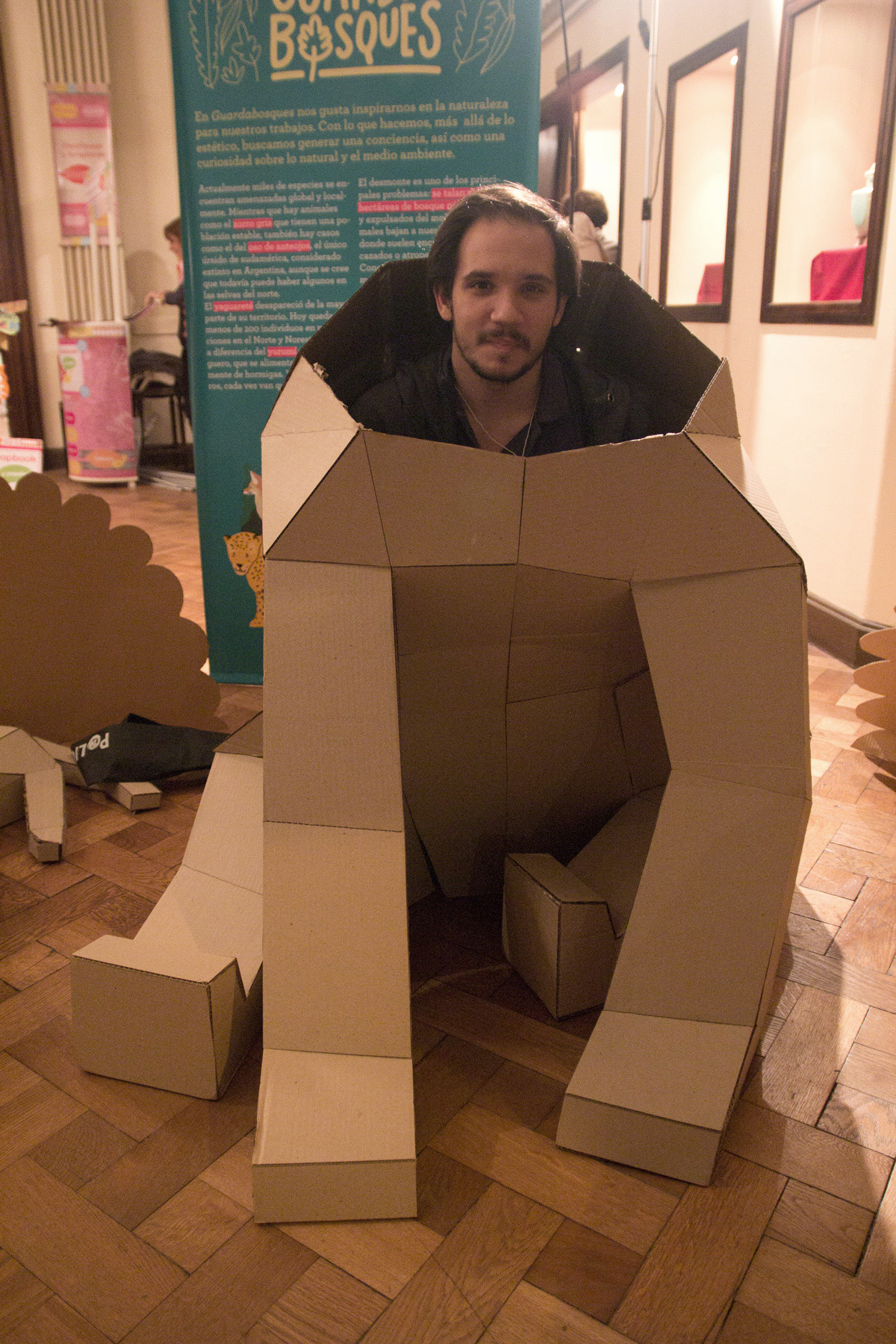En agosto nos propusieron hacer una instalación para la entrada del evento Decoupage Art Show, en el Palacio San Miguel. Como era un espacio bastante grande, decidimos hacer los animales mucho más grandes que siempre, a escala real y en cartón.
La idea de esto fue hacer un espacio donde uno pudiera estar con estos animales, que los elegimos por estar amenazados en Argentina, algunos al borde de la extinción. Estos animales son el Yurumí, el Yaguareté, el Zorro gris y el Oso de anteojos.
La idea de esto fue hacer un espacio donde uno pudiera estar con estos animales, que los elegimos por estar amenazados en Argentina, algunos al borde de la extinción. Estos animales son el Yurumí, el Yaguareté, el Zorro gris y el Oso de anteojos.
In august we were proposed to do an installation for the Decoupage Art Show entrance, at the Palacio San Miguel. As the space was quite big, we decided to do our animals larger than we are used to, real sized, in cardboard.
The idea was to make a space where you would be able to hang with these animals, that we chosen because they are endangered in Argentina, some of them near extinct. These animals are the Giant ant-eater, the Jaguar, the Gray fox and the Spectacled bear
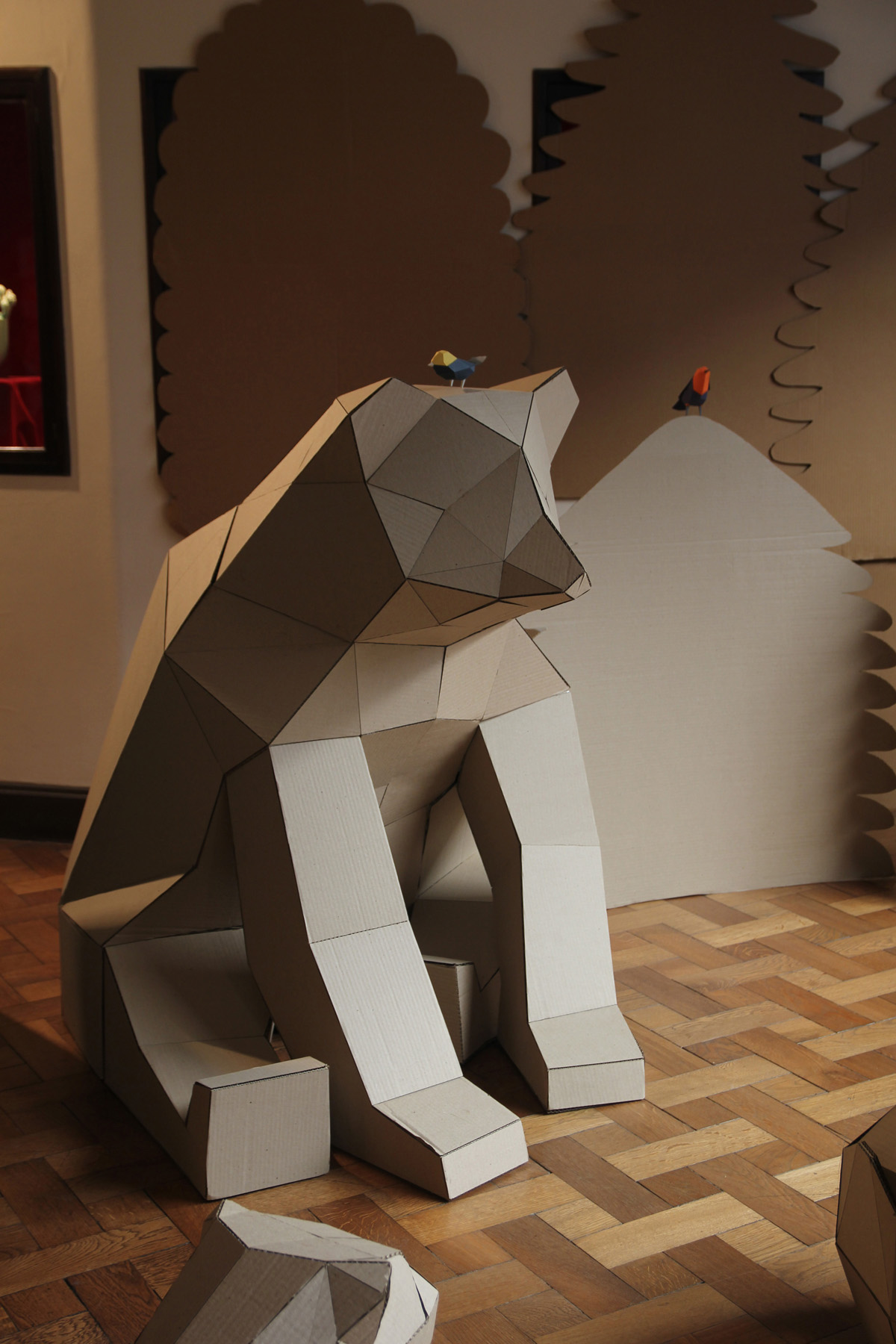
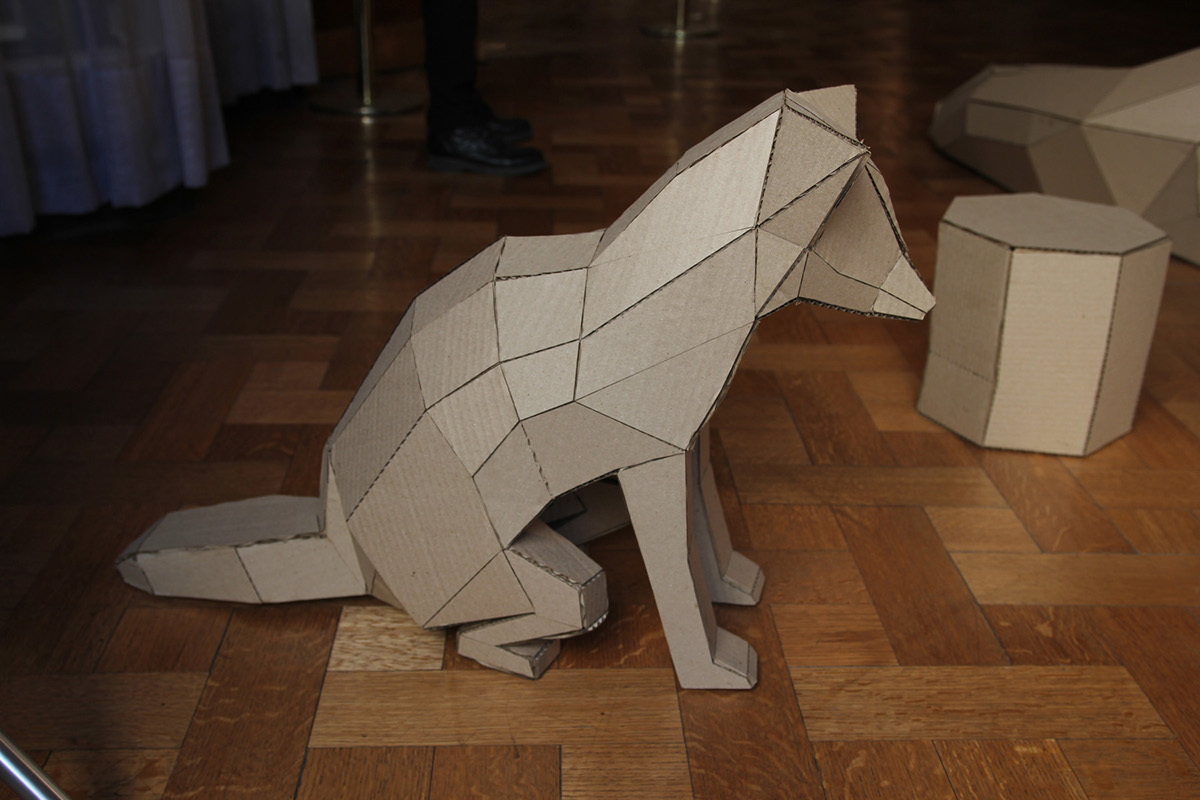
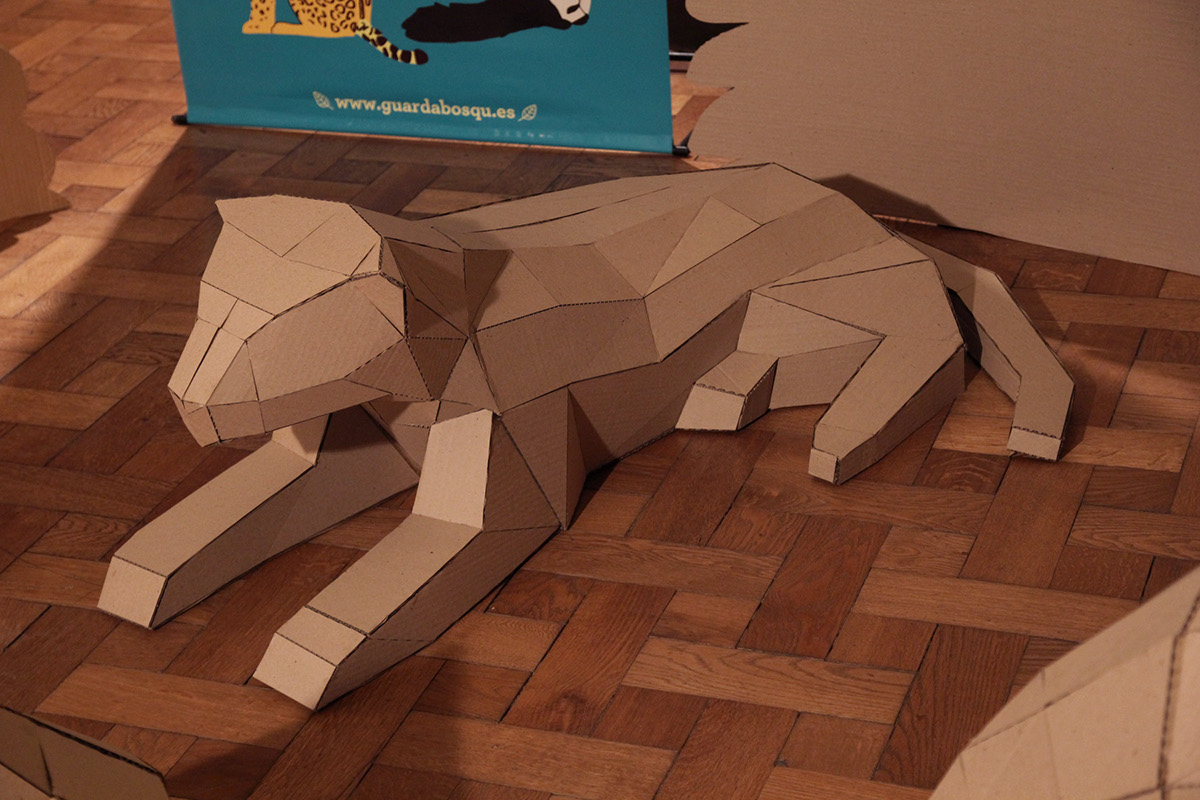

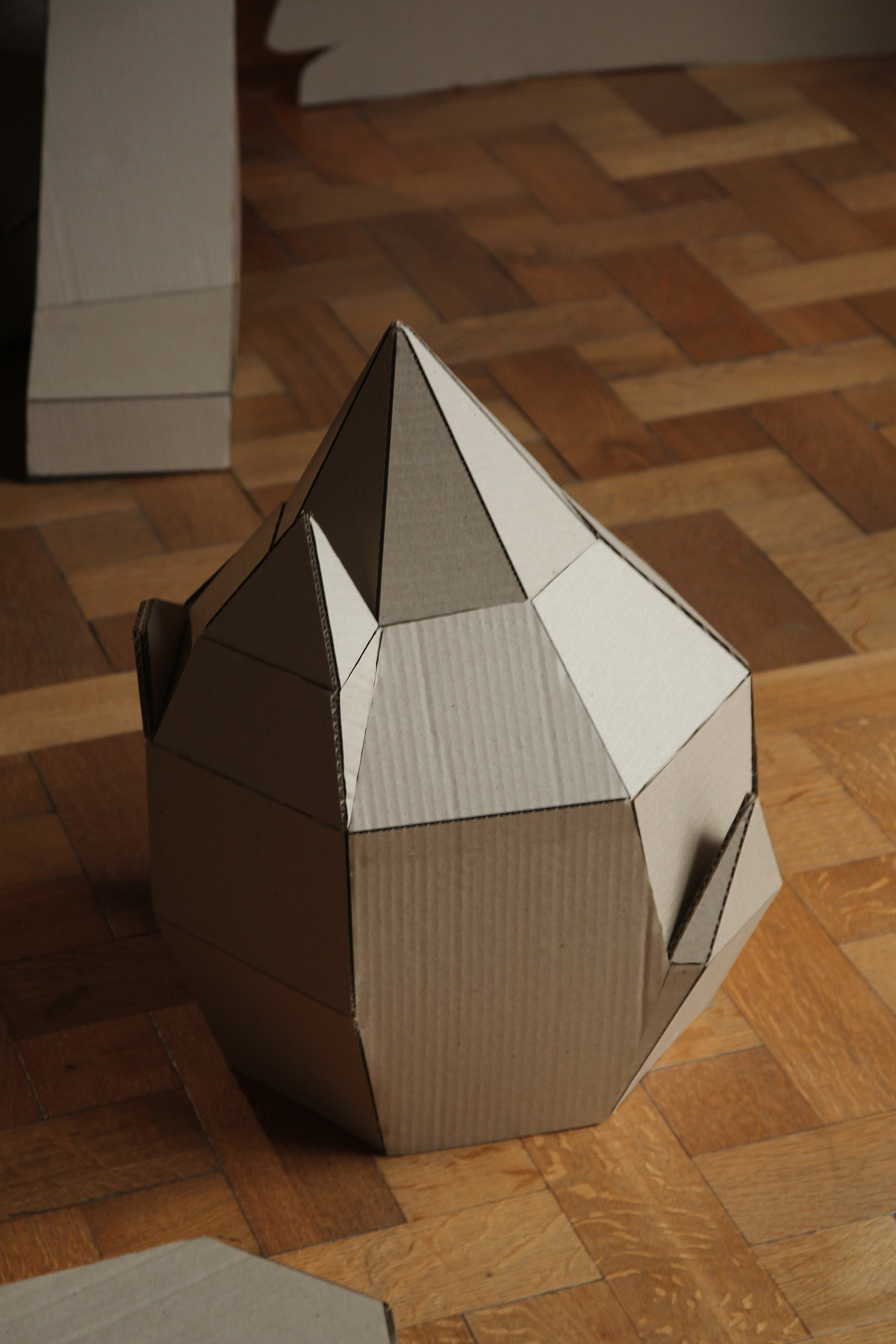
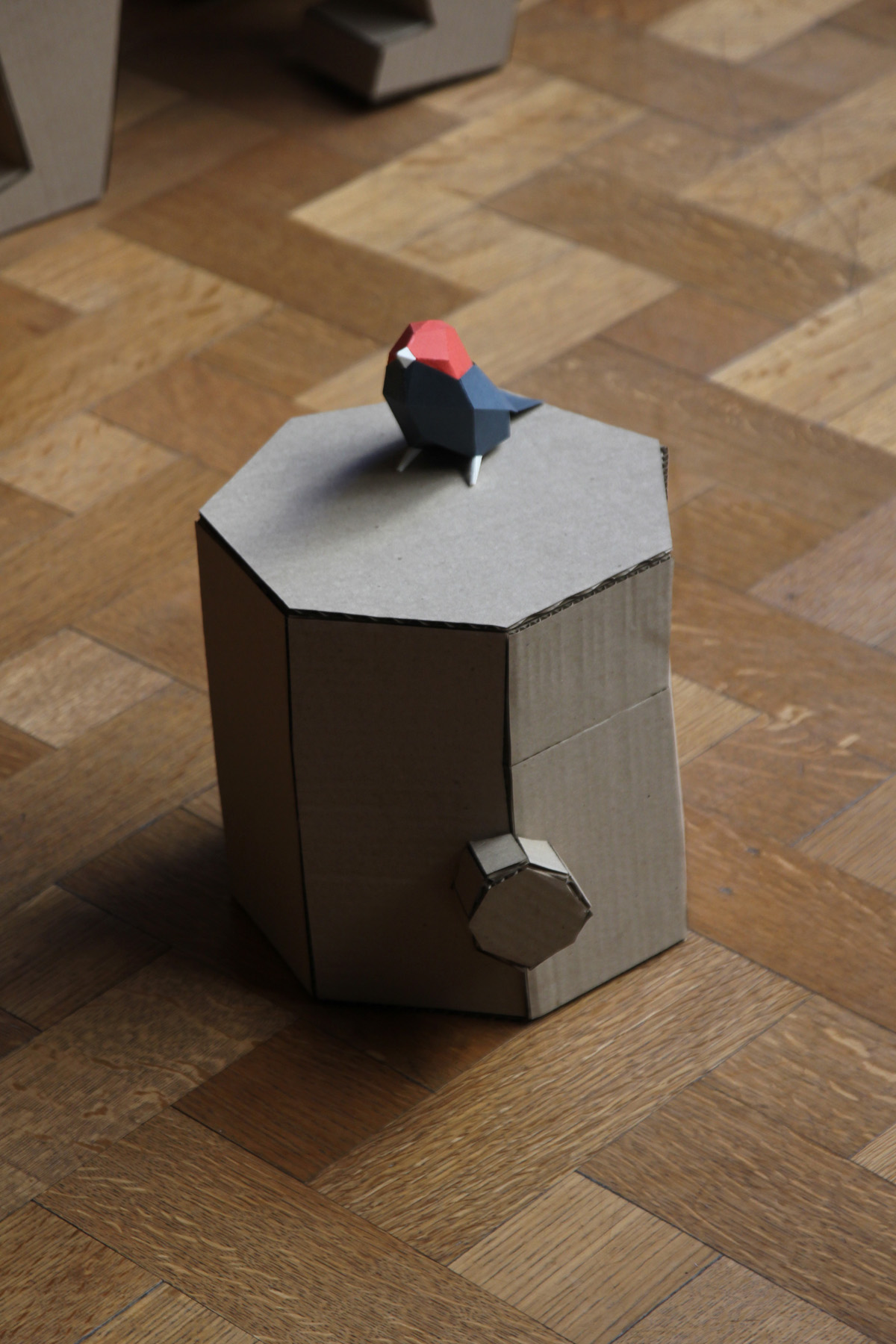
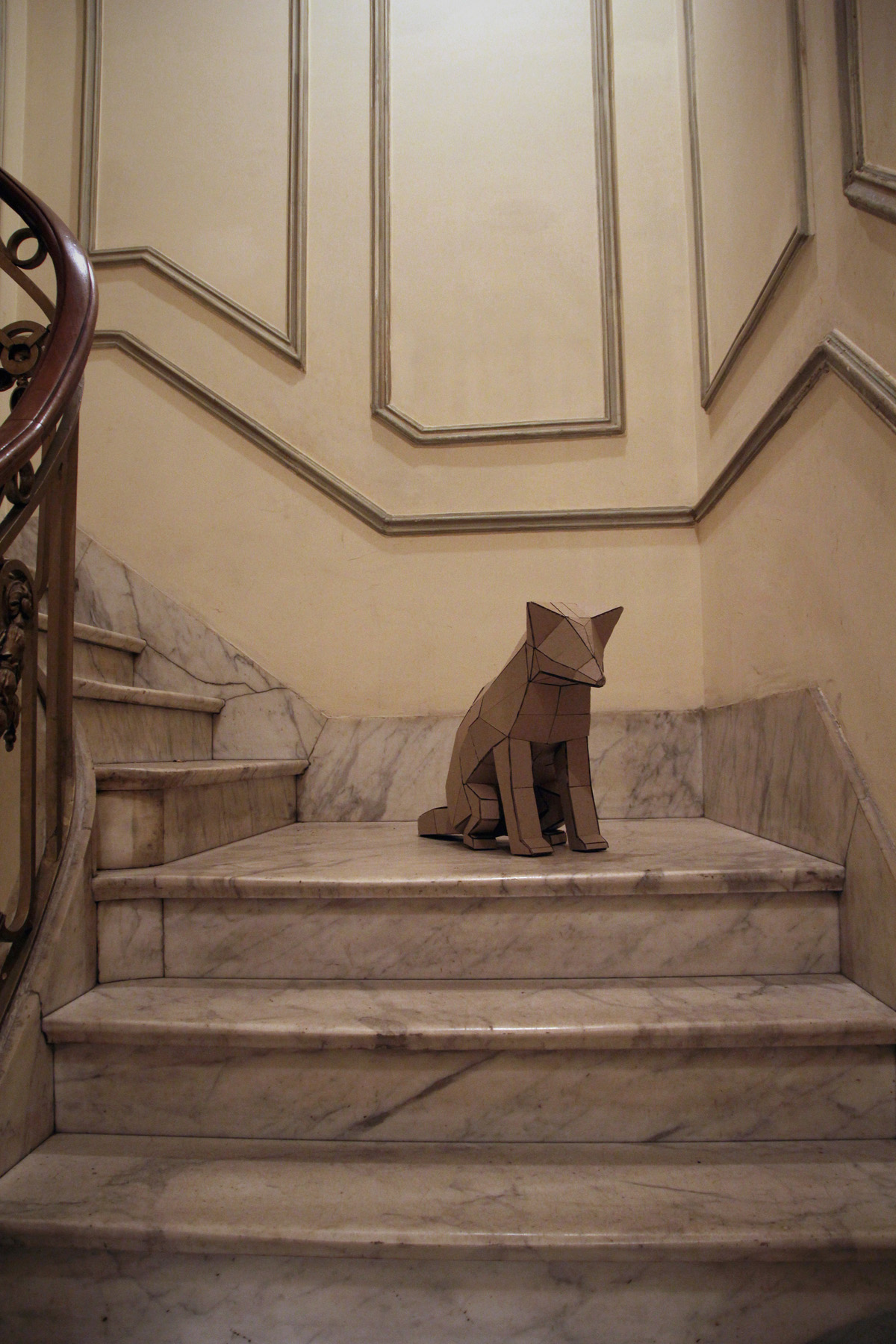
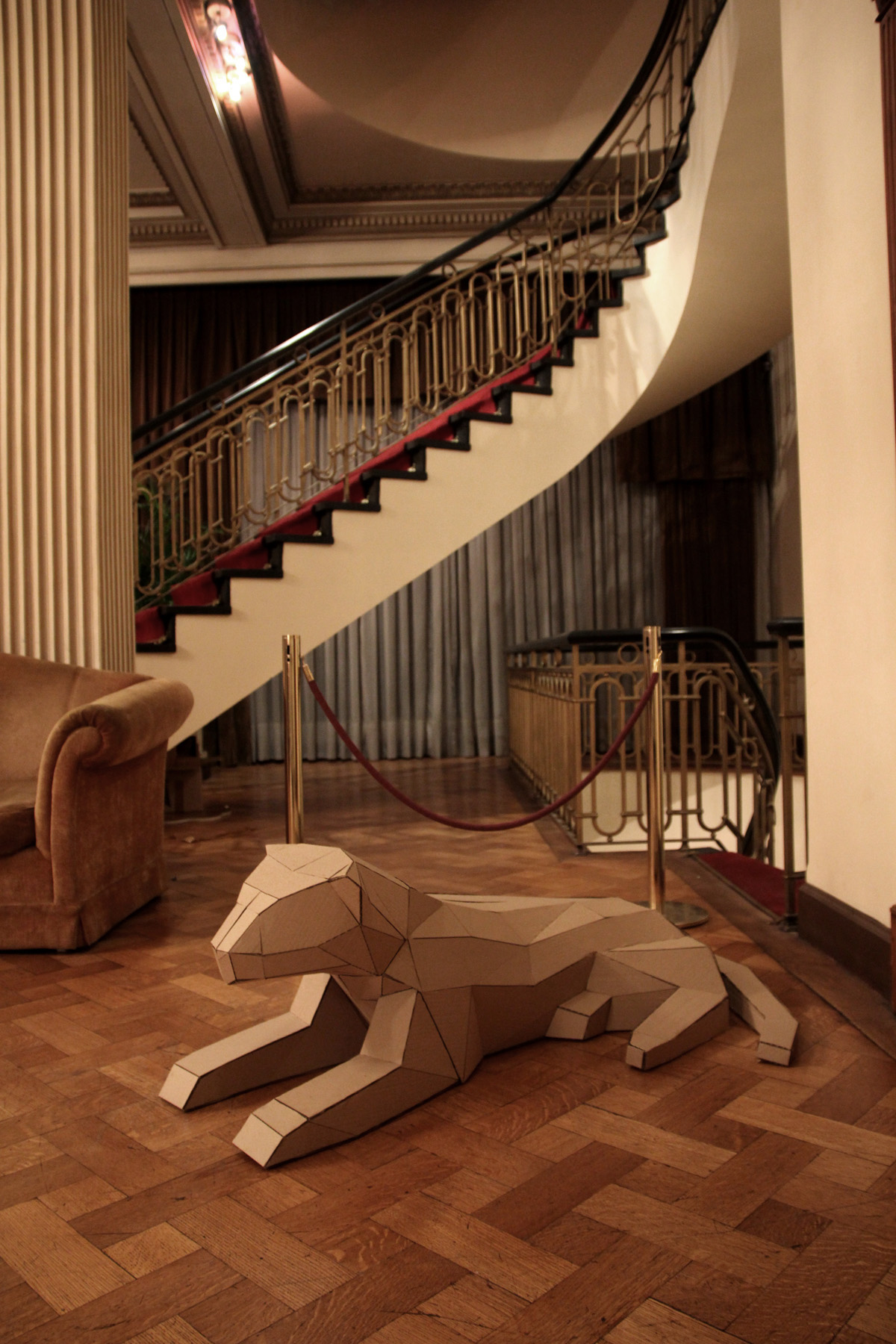
A propósito de esta instalación, Leonel Roget de Fundación Vida Silvestre escribió:
La conservación del zorro gris es considerada de preocupación menor: la introducción de animales exóticos no lo molesta e incluso lo beneficia: sus poblaciones están en aumento. Pero este caso es inusual.
En el otro extremo está el oso de anteojos: el único úrsido del continente se considera extinto en Argentina, aunque un puñado de individuos esquivos todavía pueden permanecen en las selvas del norte.
Con menos de 200 individuos en todo el país, el yaguareté parece seguir sus huellas. Desapareció de la mayoría de su territorio, donde su presencia sobrevive en forma de toponímicos a lo largo de Argentina. Hoy sólo quedan poblaciones en Misiones y las yungas, y continúa siendo elusivo en el Gran Chaco, a diferencia del yurumí u oso hormiguero, que se alimenta exclusivamente de hormigas. Y sin hormigueros, sus números se hacen cada vez más chicos.
Las dimensiones de estas bestias requieren también una gran extensión de tierra para cada individuo. No es difícil entender por qué estos animales sobreviven en los puntos más remotos e inaccesibles del país: aquellos donde todavía no llegó el desmonte, que transforma los ambientes donde aún pueden sobrevivir. Pero su frontera se contrae permamentemente, ya que se talan siete hectáreas de bosque nativo por hora. Expulsados del monte, bajan a nuestros dominios, donde suelen encontrar la muerte, cazados o atropellados en una ruta.
Sin embargo, el desmonte no es la principal amenaza que enfrentan estos y muchas otras especies, en Argentina y en todo el mundo. Es un problema mayor, donde convergen la desinformación, el desinterés y la desilusión. La solución para contrarrestarlo está a la vista: se requiere información, interés e ilusión. Conocer lo que tenemos es la única manera de valorarlo. Y cuando lo valoremos, no querremos perderlo. Y cuando no querramos perderlo, haremos algo para defenderlo, sea cual sea nuestro lugar.
Enseñarle a los demás que existen el oso de anteojos, el yaguareté, el oso hormiguero y el zorro gris es una buena manera de empezar.
// About this installation, Leonel Roget from Wildlife Fund wrote:
The gray wolf conservation is considered as least concern. The introduction of exotic animals doesn't bother him, it even benefits him: its populations are growing. But this is an unusual case.
On the opposite side is the spectacled bear, the only ursine from South America is considered extinct in Argentina, though a handful of elusive individuals may remain in the jungles of the north of the country.
With less than 200 individuals in the whole country, the Jaguar seems to follow its steps. It dissapeared from most of the territory, where it only remains as a toponymic. Nowadays only a few populations remain in Misiones and the Yungas, and it continues to be elusive in Chaco. That's different for the giant ant-eater, that feeds exclusively on ants. And without anthills, its numbers are getting smaller each day.
On the opposite side is the spectacled bear, the only ursine from South America is considered extinct in Argentina, though a handful of elusive individuals may remain in the jungles of the north of the country.
With less than 200 individuals in the whole country, the Jaguar seems to follow its steps. It dissapeared from most of the territory, where it only remains as a toponymic. Nowadays only a few populations remain in Misiones and the Yungas, and it continues to be elusive in Chaco. That's different for the giant ant-eater, that feeds exclusively on ants. And without anthills, its numbers are getting smaller each day.
The dimensions of these beasts also require a big land extension for each individual. It's not hard to understand why these animals survive in the remotest and hardest places to reach of the country, those places where clearing hasn't arrived yet, that transforms all the enviroments where they still can survive. And that border keeps getting smaller: seven acres of native woods are choped down per hour. Expelled from the mounts, they come down to our domains where they usually find their death, hunted or ran over in routes.
However, the clearing is not the main threat that these and many other species are dealing with in Argentina and the rest of the world. It is a bigger problem, where misinformation, lack of interest and disappointment converge. The solution to this problem is at sight: it requires information, interest and excitement. Knowing what we have is the only way to appreciate it. And when we appreciate it, we won't want to lose it. And when we won't want to lose it, we'll do something to defend it, whatever our place is.
Teach the others the existence of the spectacled bear, the jaguar, the giant ant-eater and the gray wolf, it's a nice way to start.
El armado / The assembling
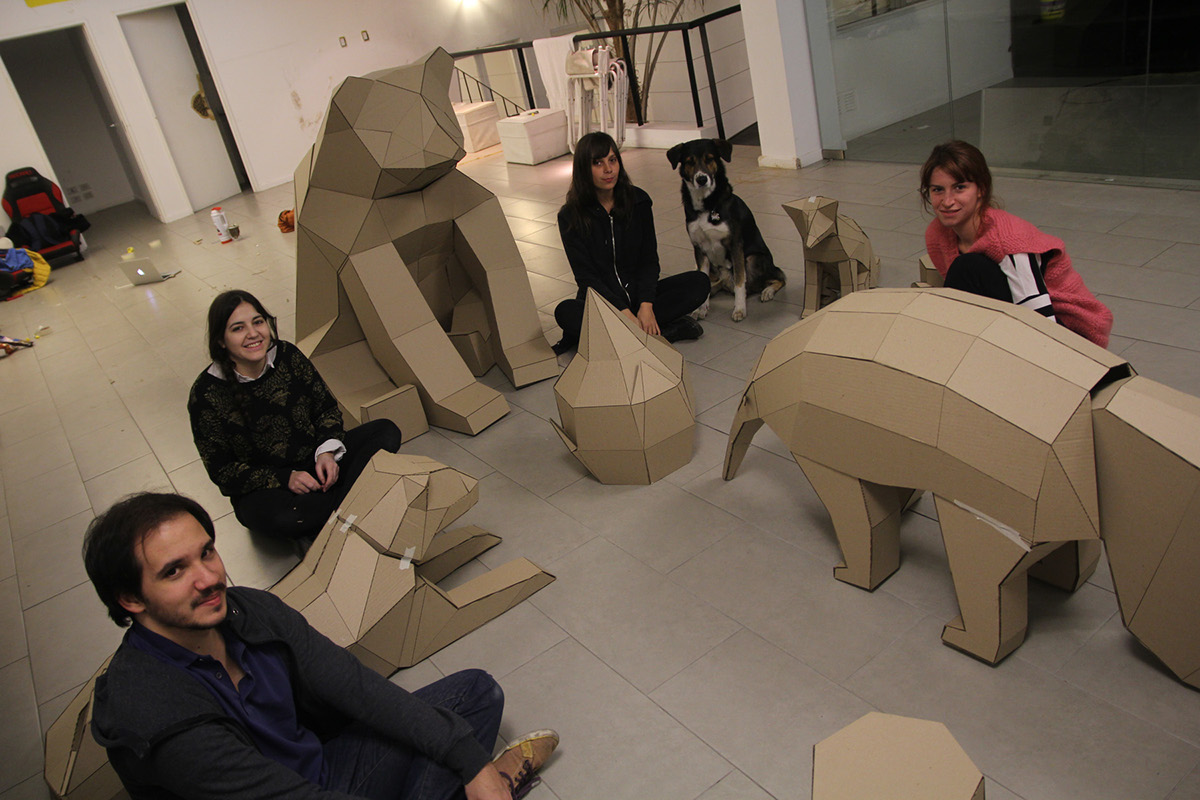
El equipo de armado / The assembling team

